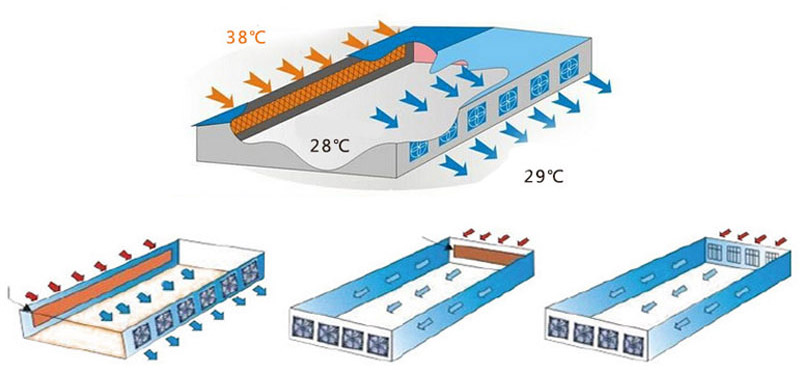scalding tank poultry
Nov . 23, 2024 06:02 Back to list
scalding tank poultry
The Importance of Scalding Tanks in Poultry Processing
In the poultry processing industry, efficiency and hygiene are of paramount importance. One of the critical components that plays a substantial role in achieving these goals is the scalding tank. The scalding tank is the first step in the feather removal process after birds have been slaughtered. This article will delve into the function, types, benefits, and considerations associated with scalding tanks in poultry processing.
Understanding Scalding Tanks
A scalding tank is essentially a large vat of hot water, where birds are submerged immediately after slaughter to facilitate the removal of feathers. The primary purpose of this process is to loosen the feathers and make plucking easier and more efficient. The optimal temperature for scalding typically ranges between 140°F to 160°F (approximately 60°C to 71°C), depending on the type of poultry being processed. Each type of bird, be it chicken, turkey, or duck, may require different scalding temperatures and times to achieve the best feather release.
Types of Scalding Tanks
Scalding tanks come in various designs, each catering to different operational needs. The most common types include
1. Batch Scalders These are smaller tanks that allow processors to scald a limited number of birds at a time. Batch scalders are ideal for smaller operations or for processing specialty birds, as they offer greater control over the water temperature and processing time.
2. Continuous Scalders These systems are designed for large-scale operations, allowing birds to move continuously through the scalding process. Continuous scalders are usually equipped with automated features such as temperature control and water circulation systems, ensuring consistent results, which is critical in high-volume processing environments.
3. Electric Scalders These tanks use electric heating elements to maintain water temperature. They are often easier to manage and can provide precise temperature control, making them popular in modern processing plants.
Benefits of Scalding Tanks
The scalding process offers numerous benefits that extend beyond just feather removal. Some of the key advantages include
1. Enhanced Processing Efficiency Scalding allows for quicker and more efficient feather removal, which is critical in optimizing production rates. By reducing the time required for plucking, processors can increase their output and profitability.
scalding tank poultry

2. Quality Improvement Properly scalded birds exhibit better quality in terms of skin integrity and overall appearance. Scalding helps maintain the hydration of the skin, preventing damage during the plucking process.
3. Microbial Reduction The scalding process can aid in reducing microbial loads on the bird’s surface. By using water heated to the appropriate temperature, processors can help minimize the risk of contamination, thus contributing to food safety.
Considerations When Using Scalding Tanks
While scalding tanks offer significant advantages, there are several considerations that producers must keep in mind
1. Temperature Control Maintaining the correct water temperature is crucial. Overheating can cause damage to the skin, while inadequate temperatures may not effectively loosen the feathers. Regular monitoring and maintenance are necessary to ensure optimal performance.
2. Hygiene Maintenance Scalding tanks can be breeding grounds for bacteria if not cleaned properly. Regular sanitation and water changes are essential to prevent contamination that could compromise food safety.
3. Environmental Impact The water used in scalding tanks can pose environmental concerns if not adequately managed. Efforts should be made to recycle water when possible, and to treat wastewater appropriately before disposal.
4. Cost Considerations The initial investment in scalding tank technology can be significant. However, when balanced against the benefits of increased efficiency and better product quality, the long-term savings often justify the upfront costs.
Conclusion
Scalding tanks are a vital element in the poultry processing industry, directly impacting efficiency, quality, and safety. As the industry continues to evolve, advancements in scalding technology will likely enhance these processes further, ensuring that they meet the demands of today's consumers while adhering to the highest safety standards. Proper management of scalding tanks will remain critical for poultry processors aiming to optimize their operations and deliver high-quality products to the market.
-
Hot Sale 24 & 18 Door Rabbit Cages - Premium Breeding Solutions
NewsJul.25,2025
-
Automatic Feeding Line System Pan Feeder Nipple Drinker - Anping County Yize Metal Products Co., Ltd.
NewsJul.21,2025
-
Automatic Feeding Line System Pan Feeder Nipple Drinker - Anping County Yize Metal Products Co., Ltd.
NewsJul.21,2025
-
Automatic Feeding Line System - Anping Yize | Precision & Nipple
NewsJul.21,2025
-
Automatic Feeding Line System - Anping Yize | Precision & Nipple
NewsJul.21,2025
-
Automatic Feeding Line System-Anping County Yize Metal Products Co., Ltd.|Efficient Feed Distribution&Customized Animal Farming Solutions
NewsJul.21,2025






